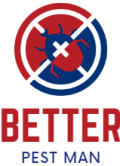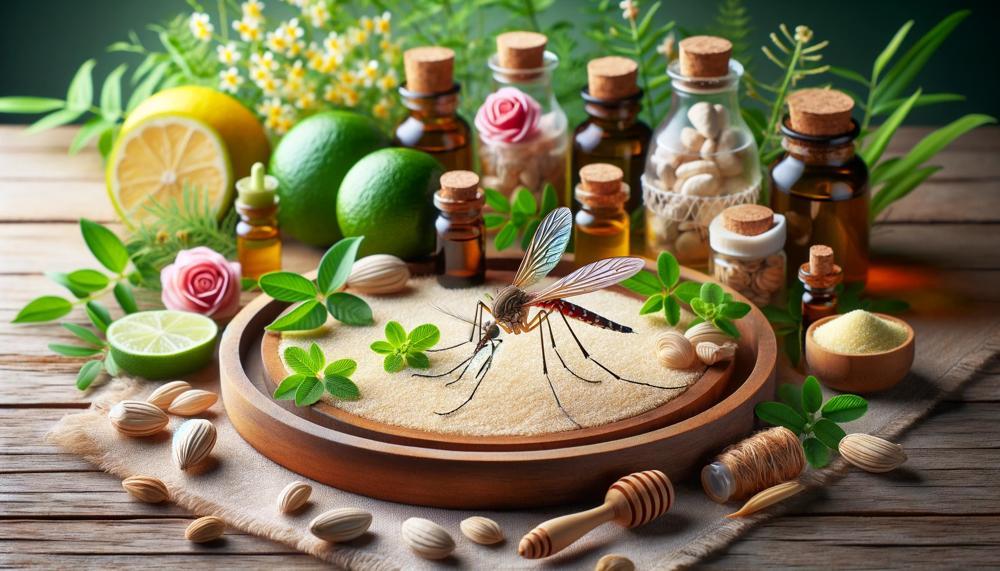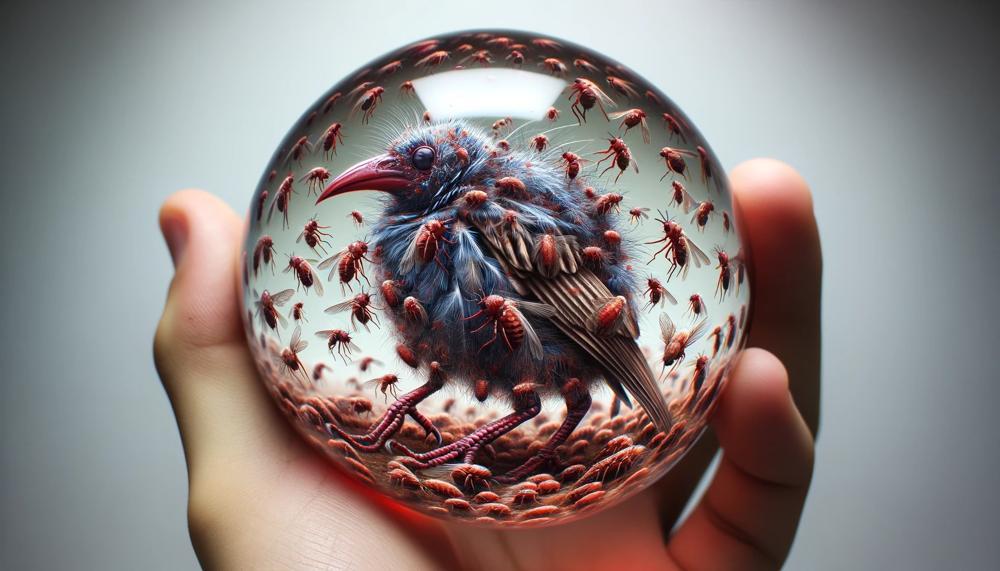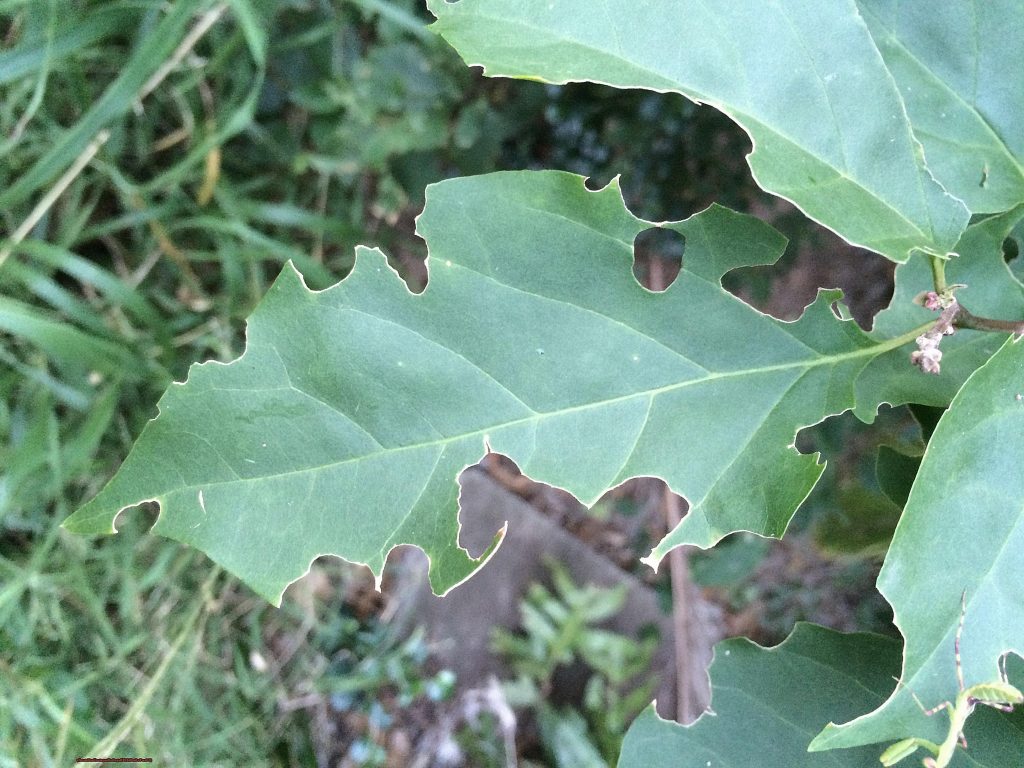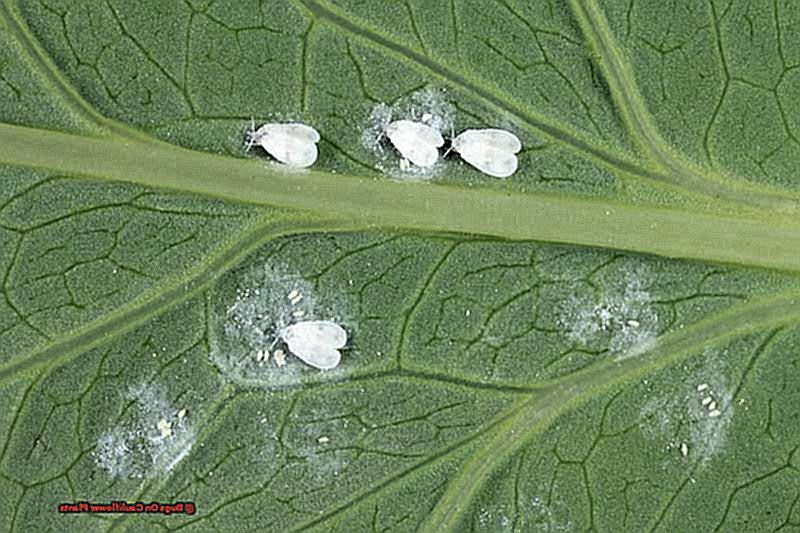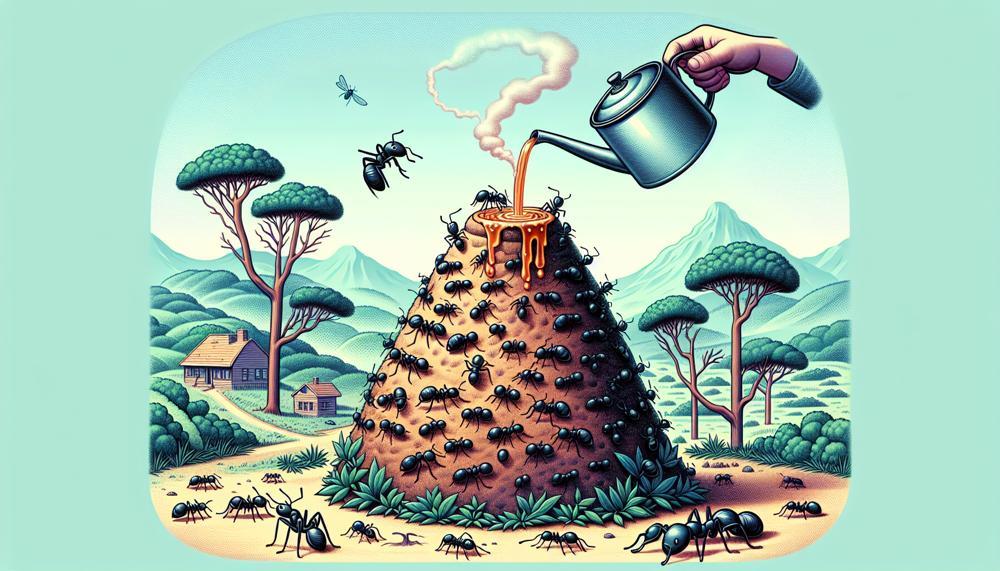Despite their daunting name and appearance, these gangly-legged insects are not the villains of your summer evenings they’re often mistaken to be. In fact, they’re more akin to the unsung heroes of your backyard ecosystem, with a twist: they don’t actually prey on mosquitoes. Yet, their sudden invasion into our homes can be as unwelcome as any pest. So, how do you get rid of mosquito hawks naturally?
Here are some natural ways to get rid of mosquito hawks:
- Lavender: The scent of lavender can repel mosquitoes, ticks, ants, fleas, and spiders. You can apply a few drops of lavender oil to your skin as a natural bug repellent.
- Eliminate standing water: Mosquitoes lay their eggs in stagnant water, so remove any sources of standing water, such as flower pots, gutters, and bird baths.
- Garlic: Cut garlic into pieces and keep them in places that are prone to mosquitoes. You can also spray garlic extract on your plants to repel bugs.
- Peppermint: Peppermint essential oil can help repel mosquitoes. It also has a high-menthol content that produces a cooling effect on skin.
- Basil: Mosquitoes hate the smell of basil, so growing this herb in your yard can help keep them away. You can rub the leaves on your skin or make a mosquito-repelling basil spray by adding a few drops of basil
- essential oil to water.
- Eucalyptus: Eucalyptus contains natural compounds, such as citronellal, which mosquitoes find repellent. You can plant eucalyptus in your garden or use eucalyptus oil.
- Lemongrass: Lemongrass has a distinctive aroma that is fresh and pleasant for humans but is not liked by mosquitoes.
You can also regulate the amount of water your lawn receives and retains. When you water your lawn, give your grass 1-1.5 inches of water once a week.
You can also attract natural predators, such as purple martins, ducks, swallows, and migrating songbirds.
So, let’s embark on this enlightening path together, embracing methods that protect both our peace and our planet.
Table of Contents
- 1 What is a Mosquito Hawk?
- 2 What Other Names Are Mosquito Hawk Referred To As?
- 3 What Are Mosquito Hawk Commonly Mistaken For?
- 4 What Do Mosquito Hawks Eat?
- 5 Are Mosquito Hawks Poisonous or Dangerous?
- 6 How to Handle Your Mosquito Hawk Problem?
- 7 How to Get Rid of Mosquito Hawks (Most Popular Methods)
- 8 Best Trap to Kill Mosquito Hawks
- 9 Conclusion
What is a Mosquito Hawk?
Mosquito Hawk, also known as a crane fly, is a frequent visitor in many households, often leading to a mix-up with other insects like dragonflies or large mosquitoes. Contrary to its menacing moniker, this creature is far from a ferocious mosquito predator.
In its larval form, it munches on plant matter, and as an adult, its diet shifts to pollen and nectar. These long-legged flies are most active in damp, decomposing environments and make their grand entrance typically around February or March.
Getting Rid of Mosquito Hawks Naturally
When it comes to ushering these unwanted guests out of your home, nature’s toolbox offers some handy tricks. Here’s a glance at some effective strategies:
| Strategy | Description | Effectiveness |
| Lights Adjustment | Switch to LED lights and tone down outdoor brightness. Mosquito hawks are like moths to a flame when it comes to bright lights. | High |
| Moisture Control | Eliminate standing water and damp areas, these spots are like luxury resorts for crane fly larvae. | Medium |
| Attracting Predators | Invite birds and beneficial insects into your garden. They might fancy a mosquito hawk snack. | Variable |
Remember, crane flies, while a bit of a nuisance, don’t pose a threat. They don’t bite or carry diseases. The real troublemakers are their larvae, especially if you’ve got a well-kept lawn. They love a good root munch.
So, if your garden’s turning into a crane fly nursery, the strategies above can help restore balance.
What Other Names Are Mosquito Hawk Referred To As?
| Common Name | Description | Similarity |
| Crane Flies | Lanky, long-legged insects resembling large mosquitoes. | Mistaken for mosquito predators. |
| Mosquito Eaters | Misleading name suggesting they feed on mosquitoes. | They don’t actually eat mosquitoes. |
| Skeeter Eaters | Colloquial term, similar to ‘Mosquito Eaters’. | No dietary connection to mosquitoes. |
| Gallinippers | Term sometimes used for larger species. | Implies a more formidable insect than reality. |
| Golly Whoppers | Exaggerated name for their size or impact. | Emphasises their noticeable appearance. |
| Daddy Longlegs | Often confused with spiders, but refers to crane flies too. | Distinct from venomous creatures; harmless. |
What Are Mosquito Hawk Commonly Mistaken For?
Mosquito hawks, often dubbed crane flies, frequently find themselves mistaken for dragonflies or daddy longlegs due to their similar facade and the widespread myth that they prey on mosquitoes. In actuality, these gentle giants are far from the voracious mosquito hunters they’re reputed to be.
With a lifespan merely spanning a few days, adult crane flies hardly eat, posing no threat to humans as they neither bite nor sting. The real difference lies in their physical attributes and behaviour.
| Insect | Physical Characteristics | Behaviour |
| Crane Fly (Mosquito Hawk) | Long legs, brown or tan body, larger wings | Clumsy fliers, not aggressive, do not feed on mosquitoes |
| Dragonfly | Bright colours, two sets of wings, large eyes | Agile fliers, predatory on other insects |
| Daddy Longlegs (Harvestman) | Extremely long legs, one body segment, no wings | Ground dwellers, feed on small insects and plant matter |
Crane flies and their larvae, though harmless to humans, can become a nuisance if they invade your home or garden in large numbers. Their larvae, known to feast on plant roots, might cause damage to your lawn. A solid strategy for lawn care and occasional monitoring can prevent these larvae from becoming a significant problem.
If crane flies have become an unwelcome guest in your house, consider using light traps or ensuring your screens are in good repair to keep them out.
While pesticides can offer a solution, their use should be a last resort due to the potential impact on beneficial insects and the broader ecosystem.
What Do Mosquito Hawks Eat?
Mosquito Hawks, a name often mistakenly associated with voracious mosquito predators, are actually crane flies.
These creatures, contrary to popular belief, do not feed on mosquitoes or any other insects. Their diet is rather unassuming and far removed from the bloodthirsty habits many assume they possess.
Diet and Lifestyle of Mosquito Hawks (Crane Flies):
| Life Stage | Diet | Impact on Environment |
| Larvae | Decaying plant matter, roots, and sometimes aquatic invertebrates | Helps in decomposition, serving as a natural cleaner and food source for other species |
| Adults | Nectar, plant liquids, or nothing at all | Minimal environmental impact; acts as pollinators on occasion |
Are Mosquito Hawks Poisonous or Dangerous?
Mosquito Hawks, a quaint name for crane flies, often spark unnecessary worry. These gangly insects, mimicking a mosquito on stilts, are subjects of many urban myths. Let’s set the record straight: they’re as benign as a summer breeze.
Contrary to popular belief, they don’t bite, sting, or carry venom. Their presence in a home is more a cause for curiosity than concern.
Key Insights:
- Harm to Humans and Pets: Non-existent. These creatures are incapable of biting or stinging. Their adult life, a fleeting episode, is dedicated to reproduction. They’ve no interest in humans or pets.
- Dietary Habits: In their larval stage, they feast on decomposing plant material, transitioning to a nectar-based diet in adulthood. Your blood is not on the menu.
- Environmental Role: They contribute to the ecosystem, aiding in the decomposition process and serving as a food source for other wildlife.
How to Handle Your Mosquito Hawk Problem?
To tackle your mosquito hawk nuisance with savvy and grace, let’s dive straight into the nitty-gritty of natural strategies.
These winged visitors, while harmless, can be a bit of a bother. But fear not, for there are ways to show them the door, gently and without harm.
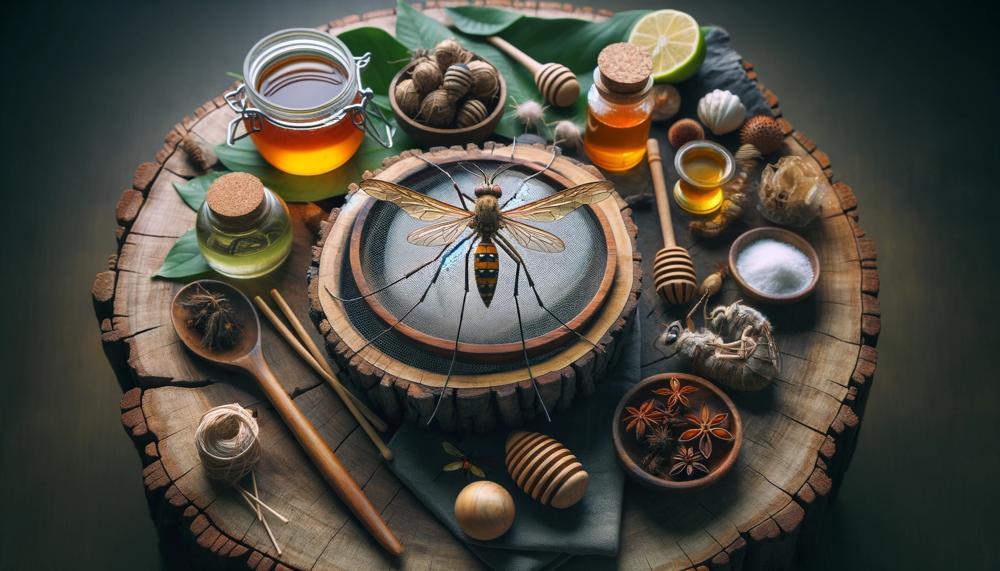
Invite the Predators
| Predator | How to Attract | Benefit |
| Birds | Install bird feeders and nesting boxes. | Feathers friends who snack on mosquito hawks. |
| Nematodes | Apply to the soil in your garden. | Microscopic allies against larvae. |
Lawn and Garden Care
Keep your green spaces lush and healthy. A trim lawn and well-tended plants are less inviting to the larvae of crane flies. By avoiding overwatering, you discourage these critters from calling your backyard home.
Repel Them Naturally
Harness the power of nature’s own deterrents. Here’s a nifty trick: plant garlic and certain aromatic herbs around your home. Their strong scents are like kryptonite to mosquito hawks.
Light the Way—Wisely
Illuminate your evenings without attracting a buzzing audience. Opt for yellow or insect-repellent light bulbs around your entrances and windows. These special bulbs are less appealing to our leggy friends.
The Dance of Prevention
Remember, these creatures have a ballet in the air to find mates. Keeping your outdoor lighting to a minimum not only saves energy but makes your home less of a stage for their dance.
Nematodes: The Unsung Heroes
Introducing nematodes into your soil is like unleashing a secret weapon. These microscopic worms are voracious predators of crane fly larvae, keeping the population in check without a drop of chemical.
How to Get Rid of Mosquito Hawks (Most Popular Methods)
To effectively banish mosquito hawks, also known as crane flies, from your abode and its surroundings, consider integrating a blend of natural deterrents and habitat modifications.
| Method | Description | Why It Works |
|---|---|---|
| Natural Repellent Plants | Strategically plant marigolds, basil, lavender, and citronella around your home. | These plants emit scents that are unappealing to mosquito hawks and other insect pests, creating a protective barrier. |
| Water Management | Eliminate standing water and ensure soil drainage is optimal to discourage larvae development. | Prevents the laying of eggs and the growth of larvae by removing their habitat. |
| Essential Oils | Use diffusers or homemade sprays with oils like cedar, neem, and lemongrass near entry points. | The potent aromas of these oils act as natural repellents for mosquito hawks and their larvae. |
| Attract Predators | Install bird feeders and houses to attract birds that prey on mosquito hawks. | Natural predators can significantly reduce the population of adult flies and larvae around your home. |
| LED Lighting | Replace outdoor lights with LED bulbs to reduce attractiveness to mosquito hawks. | LED lights are less enticing to these insects compared to traditional bulbs, reducing their presence. |
By embracing these methods, you’ll not only decrease the number of mosquito hawks but also enhance the biodiversity of your garden and reduce reliance on chemical repellents.
Best Trap to Kill Mosquito Hawks
The most effective and natural trap for zapping mosquito hawks out of your home is the DIY Bottle Trap. Crafty, simple, and eco-friendly, this trap uses household items to lure and drown these buzzers without harming the environment or other beneficial insects.
Why the DIY Bottle Trap?
- Eco-Friendly: Uses basic household ingredients.
- Non-Toxic: Safe for pets and humans.
- Cost-Effective: Almost free to make.
How to Craft Your DIY Bottle Trap:
| Step | Item Needed | Instructions |
| 1 | Plastic Bottle | Cut the top third off and invert it into the bottom part to create a funnel. |
| 2 | Sugar, Water, Yeast | Mix together in the bottom part of the bottle to create a sweet, irresistible scent. |
| 3 | Setting Up | Place the trap in areas where mosquito hawks frequent. |
Conclusion
Accepting the natural environment entails handling its difficulties, like as the harmless but inconvenient mosquito hawk, in addition to appreciating its beauty. We may successfully deter these insects from visiting our houses and gardens without our permission by being aware of their presence and taking calculated precautions. The article dispels myths surrounding the elusive crane fly, exposing its real non-predatory nature and providing environmentally benign methods of warding them off.
Every tactic, from changing outdoor lighting to using the delicate art of landscape hydration, is a step in the direction of environmental harmony. Both short-term and long-term fixes are available when we include plants that naturally ward off these pests and make our houses less enticing by installing physical barriers. Nematodes also bring a natural predator into the soil, addressing the problem at its root without disturbing the ecological balance.
Designing an environment that honors the complex web of life around us as well as human needs calls for knowledge, perseverance, and a little bit of imagination. This quest for knowledge and effective management of our relationships with mosquito hawks is a commitment to stewardship of our common world, going beyond simple pest control.
